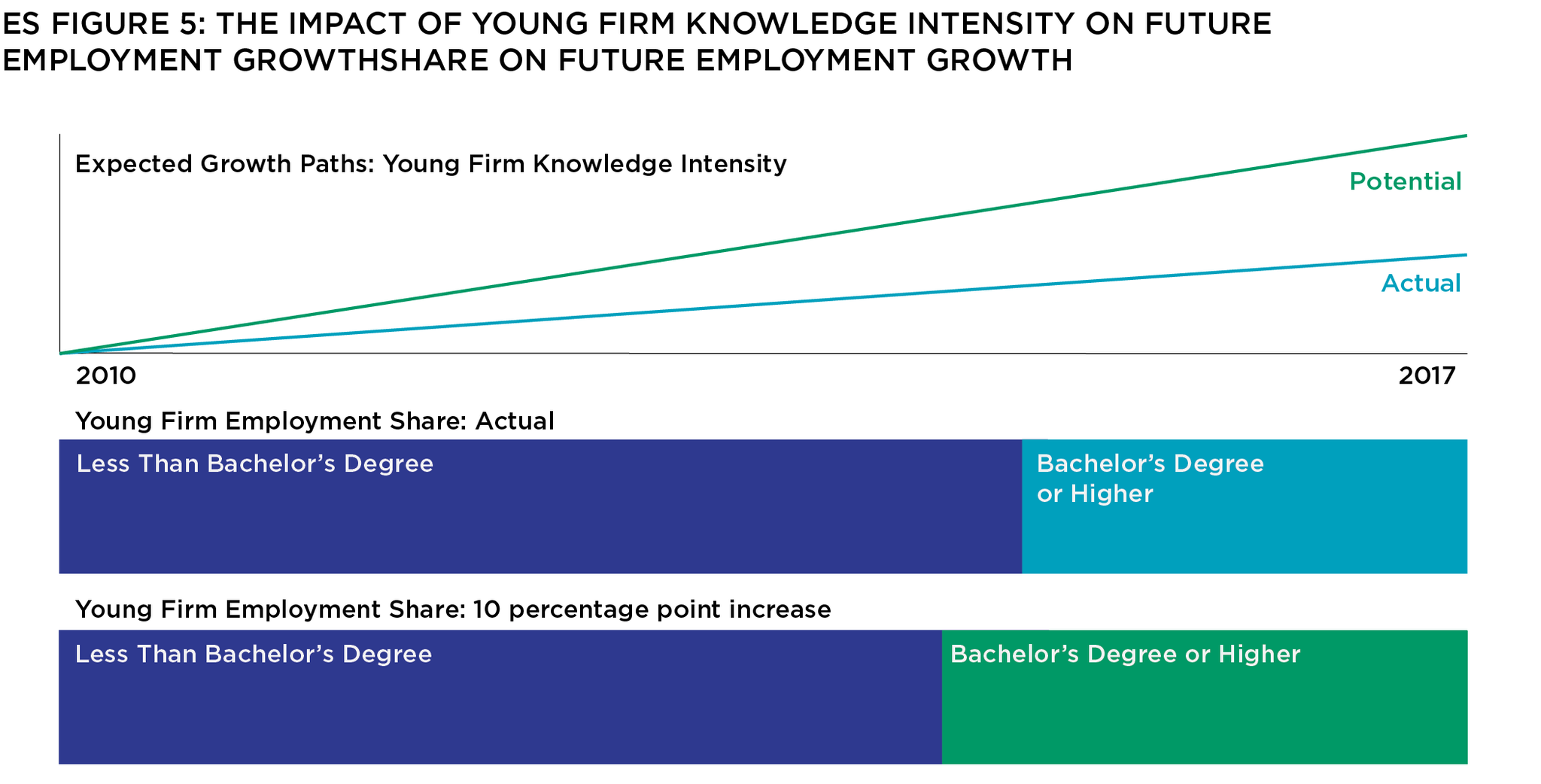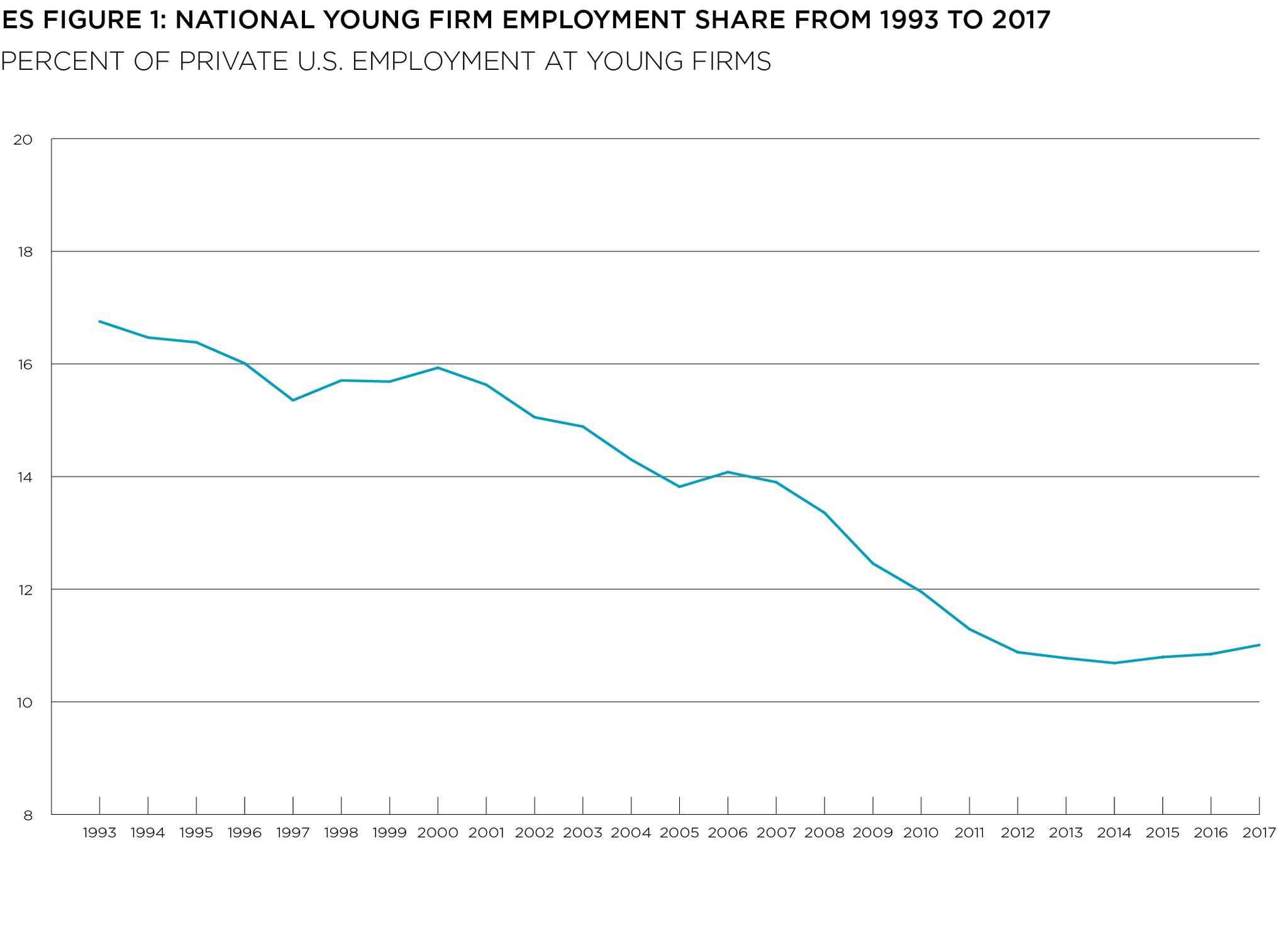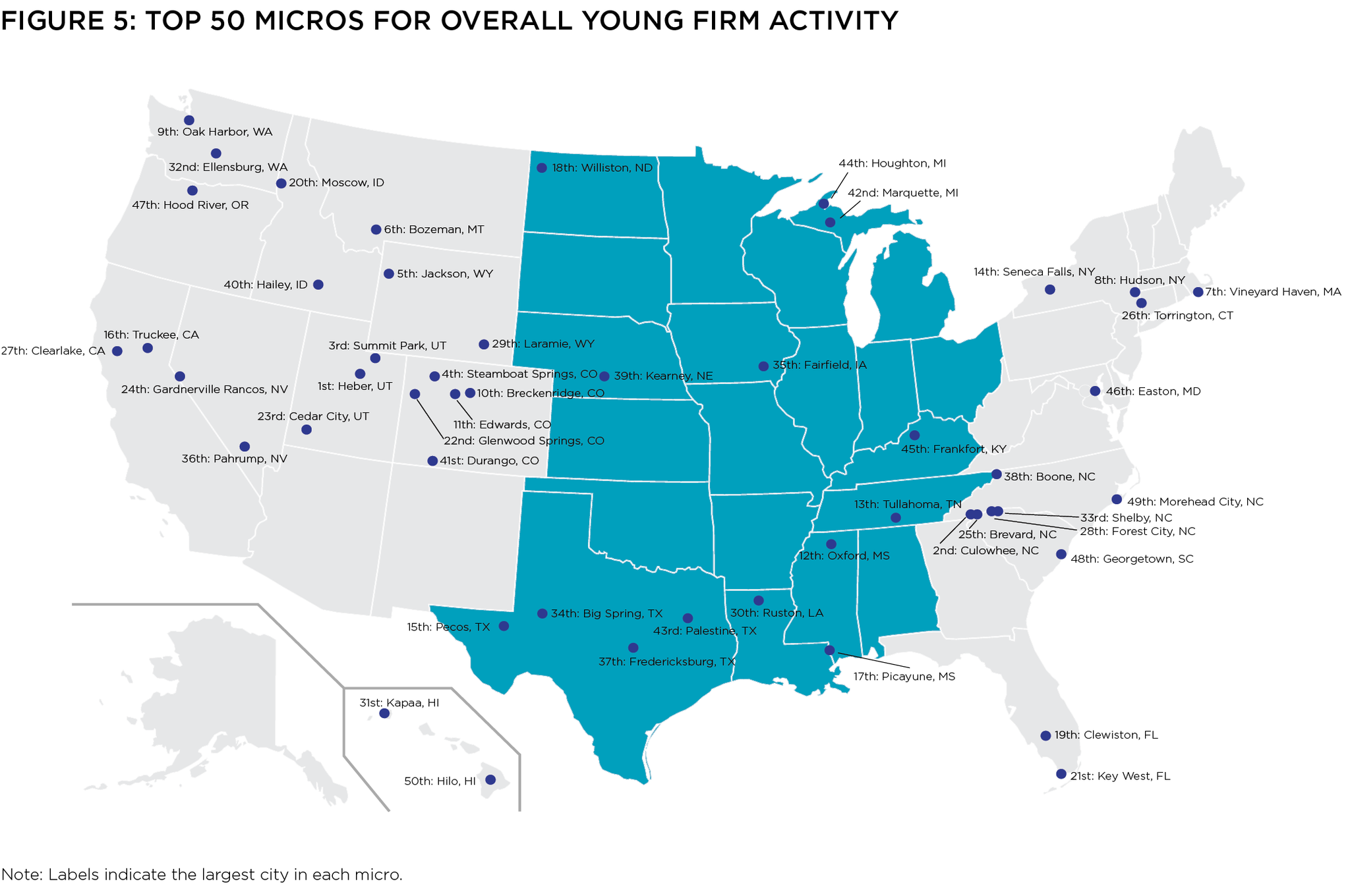How Startups and Entrepreneurs Can Power the Economic Recovery
Ross DeVol, President and CEO of Heartland Forward highlights the importance of entrepreneurs and startups to pandemic recovery.
The main idea: Entrepreneurs are critical to the economy’s long-term success and could be the engine to get people back to work.
We worked with Ross DeVol, President and CEO of Heartland Forward, on this partner blog post to highlight the importance of entrepreneurs and startups during this crisis and how they could be the engine to get people back to work.
It should come as no surprise to the NVCA community that entrepreneurs are critical to the economy’s long-term success. Heartland Forward, a think-and-do tank based in Bentonville, Arkansas, put cold, hard numbers behind this claim with our latest research report, “Young Firms and Regional Economic Growth.” As local economies begin to rebuild post-COVID-19, these entrepreneurs and their young firms (defined as businesses five years old or less) could be the engine to get people back to work. The venture capital community can continue to play an important role in helping strengthen our country’s entrepreneurial ecosystem.
The Importance of Young Firms
Startups created roughly 2.6 million jobs, according to the Census Bureau’s Business Dynamics Statistics. By comparison, firms of all other ages lost a net 267,000 jobs. We dove deeper into this discrepancy and found that cities with a higher share of employment at young firms, and particularly where employees at those young firms have a bachelor’s degree or higher, saw notably faster employment growth between 2010 and 2017.


The COVID-19 outbreak has introduced a host of economic challenges. But even before the pandemic took hold, entrepreneurial-driven job growth was in a steep decline. Approximately one-third fewer workers hold jobs at young firms today compared to in 2000—a trend accelerated by the Great Recession.

Challenges in the Heartland
On top of this steady drop in young firm employment, the Heartland region1 has been falling behind in comparison to its peers on the coasts. Heartland Forward ranked metropolitan and micropolitan areas across the country based on the strength of their entrepreneurial ecosystems and found that the Heartland has a lot of catching up to do.
Only five of the top 50 metro areas with strong entrepreneurial ecosystems are in the 20-state Heartland region (and 14 of the top 100) and are generally associated with tech hubs and university towns.
- Nashville-Davidson-Murfreesboro, TN (12th overall)
- Austin-Round Rock, TX (22nd)
- Midland, TX (35th)
- College Station-Bryan, TX (41st)
- Ann Arbor, MI (50th)

When looking at micropolitan areas, only 14 of the top 50 are in the Heartland (and 30 in the top 100). The top five are:
- Oxford, MS (12th overall)
- Tullahoma-Manchester, TN (13th)
- Pecos, TX (15th)
- Picayune, MS (17th)
- Williston, ND (18th)

How To Bolster Entrepreneurial Ecosystems
The economic lockdown imposed by COVID-19 presents severe challenges for all businesses, but young firms are especially vulnerable without some of the resources and capital established firms have. Due to the current crisis, our economy is at risk of losing an entire cohort of young firms—job creators that we cannot afford to lose. As we begin to reopen and rebuild, policymakers and economic developers must focus on creating environments that support and nurture entrepreneurs.
For too long, communities have focused on a failed job-creation strategy of using financial incentives to lure large firms from other locations. This is unsustainable, inefficient, and a misallocation of resources. Instead, cities should focus on fostering entrepreneurship, the true job-creation engine.
Heartland Forward’s report lays out specific ways that cities can—and should—focus on creating environments where new, growing firms can thrive. A brief look at these suggested actions:
- Improve attitudes toward entrepreneurs.
- Enable dealmakers.
- Promote early stage risk capital networks.
- Establish and fund entrepreneurial support organizations.
- Link in corporations.
- Employ new real estate and service provider models.
- Demand university entrepreneurial engagement.
- Position government as a central hub for entrepreneurial resources.
- Build and enhance quality of place and amenities.
While some of these recommendations align closely with the public sector’s responsibilities and capabilities, others are especially pertinent for the venture capital community. These include facilitating connections and opening the door to capital for more startups.
Enable dealmakers. A particular form of social capital and connectors in entrepreneurial ecosystems has a growing importance— “dealmakers.” Dealmakers are individuals with valuable social capital who can facilitate relationships that support new firm formation; while this could include financial connections, it could also be connecting entrepreneurs with similar ideas or an entrepreneur with a manufacturing firm to commercialize this product. Empirical research has provided strong evidence that these dealmakers are highly correlated with new firm births and scaling in locations across the country.
Promote early stage risk capital networks. An active effort focused on encouraging business angel investors to provide startup capital and smart money management would fill a void in the space, especially because angels are looking to invest locally. More public sector funding and underwriting of operating costs for business angel networks can allow them to act as “dating agencies” and to educate accredited investors on the opportunities.
Cities across the country need an economic boost now more than ever as they face the challenges of COVID-19. As Heartland Forward’s research shows, entrepreneurs and young firms could hold the power to help economies rebound from the crisis.
Footnotes:
1 Heartland Forward uses the U.S. Census regions of East North Central, West North Central, East South Central, and West South Central to define the Heartland. These regions cover the 20 states in the middle of the country: Alabama, Arkansas, Illinois, Indiana, Iowa, Kansas, Kentucky, Louisiana, Michigan, Minnesota, Mississippi, Missouri, Nebraska, North Dakota, Ohio, Oklahoma, South Dakota, Tennessee, Texas, and Wisconsin.

